South West Cues: Jerry W. Franklin!
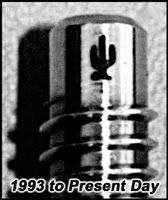
The South West biography is very interesting and all, friends, and will give anyone a good glimpse on what South West is all about. And I kid you not! Credits for the article all go to www.indyq.com. Much thanks to IndyQ for the very great read!
Without further ado, here is the post in its entirety. Hope you enjoy it!
South West Cues
Jerry W. Franklin, founder of South West Cues, was inducted posthumously into the American Cuemakers Association Hall of Fame in March 2005.
Born in
Mechanical aptitude surfaced early for Jerry. By the time he was 10 years old, he was building go-carts from scrap bicycle parts. The day his dad discovered the lawnmower dismantled and the missing motor mounted on his son's "dragster," he knew that the boy was an achiever.
While pursuing a college degree in accounting, his talents and aspirations found a meeting place. In 1976, he repaired David Kersenbrock's car in exchange for a custom pool cue. Shortly thereafter, while setting up a bookkeeping system for Kersenbrock Cue Service, Jerry became intrigued with the machinations of building a pool cue. Soon, he was helping on the machines and learning how to make cues. In 1978, Kersenbrock briefly relocated to
In 1980, Jerry started to do cue repairs on his own, and began assembling the equipment necessary to make cues. By 1982, South West Cues was founded. "South West Cues" was the name Jerry selected because it was a collaboration of many hands, minds and passions. From the early years, family members pitched in intermittently. Jerry's nephew and successor Mike Bunker explains, "He gave everyone input into the business. We all had opportunity to develop."
As Franklin's shop in
Based on outward appearance, there has been confusion between Kersenbrock cues and early South West cues. Although Jerry maintained the six-point and brass joint screw designs from David, he changed the doweling technique of the butt section at his own shop in 1980. The grip section was extended three inches, doweling in two directions; up into the nose and down into the base.
South West cues are easily identifiable by their design and construction. The joint is the most recognizable aspect of the cue. With its long brass 3/8-11 screw and 3/8 in. micarta collar on both the butt and the shaft, it used to be that you could identify a South West cue from across a room. Now that several other makers have adopted the basic design, identification requires closer inspection. For instance, South West cues have a rubber bumper that pops in and out, as opposed to many of the copies which have bumpers held in place with a typical screw. Although the early cues are unmarked, cues made since 1993 feature the cactus symbol stamped into the joint screw, followed by the serial number (which begins each year with 300) and the year of manufacture. The company recommends a Certificate of Authenticity for pre-1993 cues.
On May 11, 1996, just when Jerry was starting to get enough free time to do some of the activities he really enjoyed, he died suddenly of a heart attack, at the age of 42. His wife Laurie and the other workers in the shop have continued making South West cues with the same pursuit of excellence that Jerry started 14 years earlier.
If you order a South West cue today, it will take approximately eight years to arrive. There are two reasons for this. The first has to do with the time required for the scientific approach used in making a South West cue. For example, the shafts start as long, one-inch square pieces of rock maple. They are turned down by a series of twelve cuts that remove less than a sixteenth of an inch at a time, with a minimum of two weeks between each cut. The densities of the materials used in the three sections of the butt are calculated with a computer to determine the weight and balance point of a cue. Added weight or adjustment of balance comes from the aluminum or steel threaded rods that connect the three sections together. Once the butt is assembled, it is turned down with a series of cuts that are several weeks apart.
"The Anitokid loves beautiful pool cues!"
*Did you enjoy the post? Did you find it interesting?
You know what to do...:)








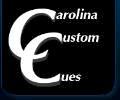












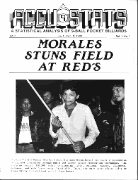
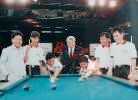
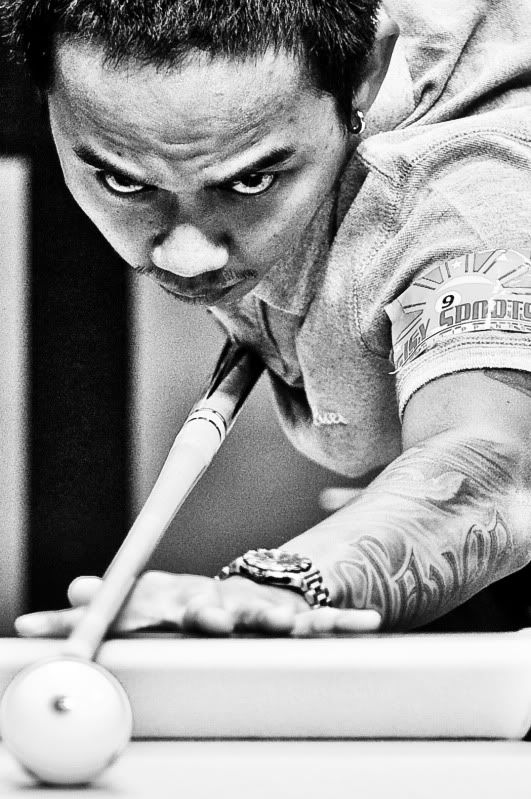

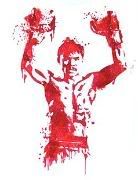



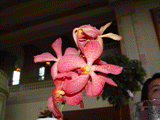


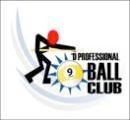
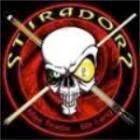
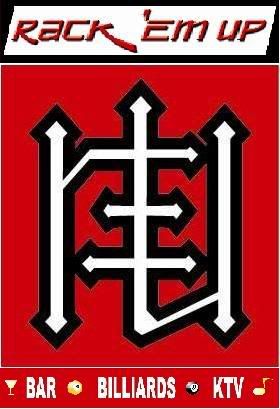



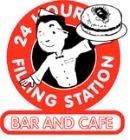
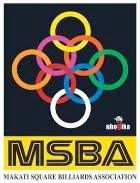
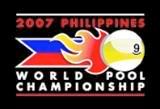
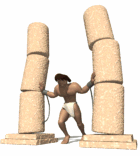

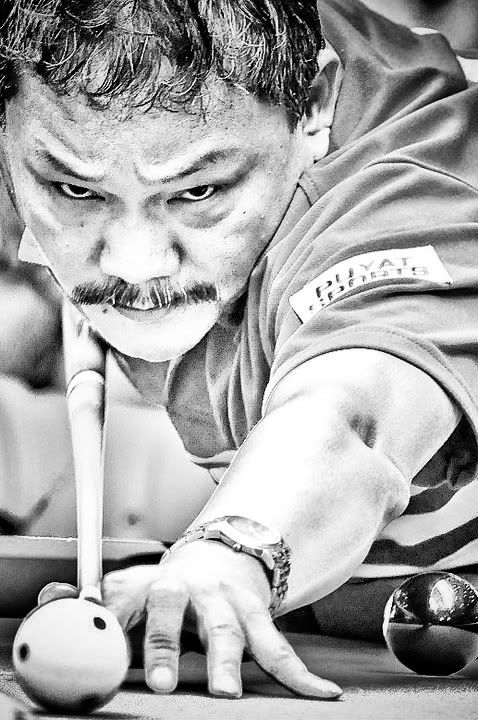





2 comments:
Go mr. Anito King , King din ng IAC. Do you still remember me?
Your website is popular even here at the other side of the world.
Cheers to you!!
Ha ha ha! Much thanks for the kind words! Who are you, buddy?
:)
Post a Comment